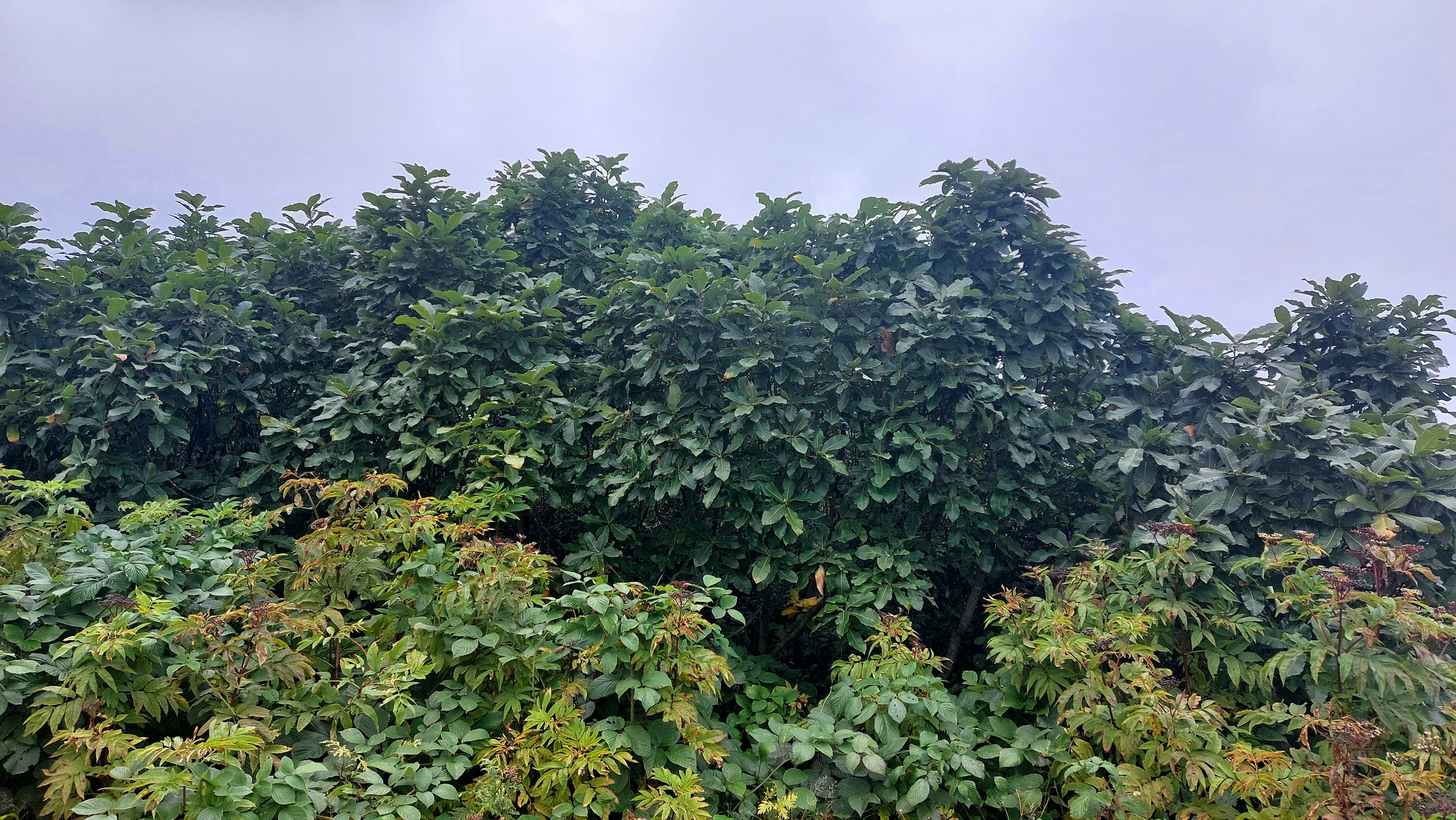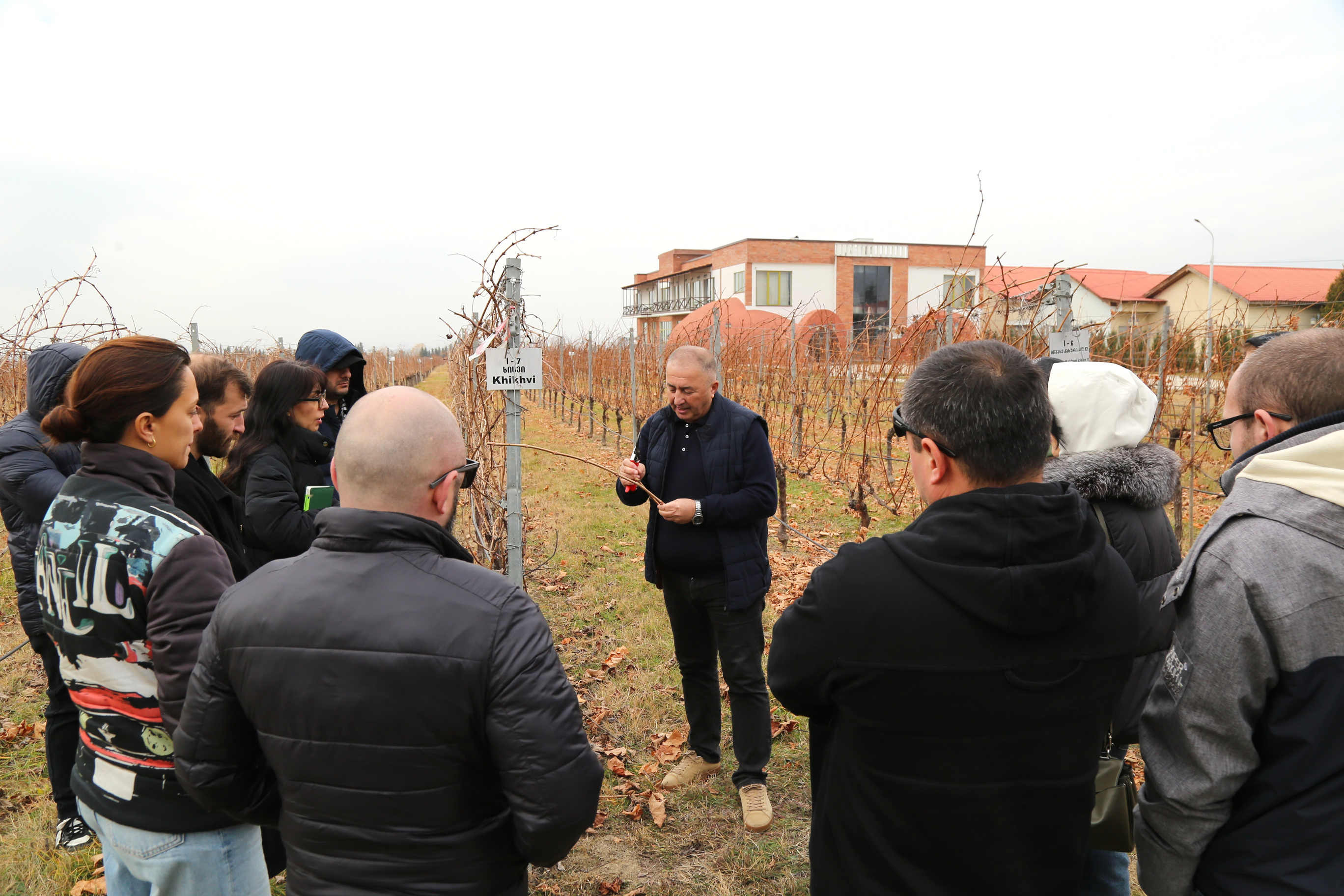News
08.10.2024
Scientific Expeditions were held in Western Georgia
 The representatives of the LEPL Scientific-Research Center of Agriculture, within the framework of the project "Study of Rare and Relict Species of Georgian Forest and Creation of an Electronic Database" (FR22-2188), financed by the Shota Rustaveli National Science Foundation of Georgia, on a scientific expedition in Western Georgia, namely in Kolkheti National Park, Guria and were in the regions of Imereti.
The representatives of the LEPL Scientific-Research Center of Agriculture, within the framework of the project "Study of Rare and Relict Species of Georgian Forest and Creation of an Electronic Database" (FR22-2188), financed by the Shota Rustaveli National Science Foundation of Georgia, on a scientific expedition in Western Georgia, namely in Kolkheti National Park, Guria and were in the regions of Imereti.
The purpose of the expedition was to assess the current state of populations and habitats of the species - Quercus hartwissiana and Pontus oak (Quercus pontica) and to record and describe their locations.
As a result of the expeditions, new locations of the target species were noted in the territory of Western Georgia, which were not confirmed by literary sources. Nevertheless, it should be noted that the area of Hartvisi oak is quite narrow.
It should be noted that forests in Georgia are distinguished by a variety of plants, there are many endemic, relict species, some of which are in danger of extinction. Conservation of rare and endangered species of wild flora of Georgia is determined by a number of international conventions.
The project "Study of Rare and Relict Species of Georgian Forest and Creation of an Electronic Database" (FR22-2188) of 4 relict species: Quercus hartwissiana Steven., Pontos oak (Quercus pontica K.Koch.), It envisages the creation of an electronic database, ex-situ conservation, molecular-genetic and morphometric studies of the Caucasian carp, Zelkova carpinifolia (Pall.) K.Koch.) and the lappan (Pterocarya pterocarpa (Michx) Kunth. Within the framework of the project, it is planned to update the existing information about the study species, to create georeferenced thematic maps showing their distribution in GIS, to determine in-situ seeding areas, and to conduct morphometric descriptions and molecular-genetic research of the leaves of the two study oak species to clarify their taxonomic status. The project also envisages the creation of a single electronic database on the 14 species studied so far and the materials of the mentioned 4 species in the Georgian-English languages.






